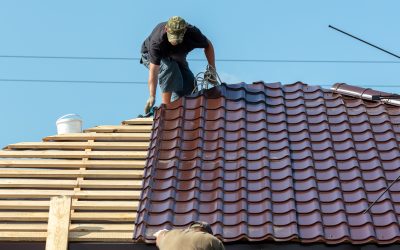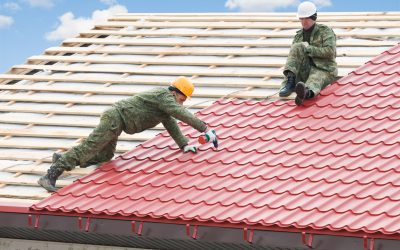When it comes to Commercial roofing in Washington, the most common roofing method in use is BUR (Built-Up Roofing). This roofing method consists of various layers of different materials and works very well on low sloped roofs. BUR is typically found on many large buildings because a low pitch is much more cost effective than the more angled pitch used on homes and similarly styled buildings. The typical BUR consists of a decking material, typically plywood or OSB (Oriented Strand Board) placed over the roofing framework and covered with various layers of membrane, bitumen and gravel.
BUR has been in use for well over a century. The primary reasons for this are the ease of installation and simple maintenance procedures. This is mainly because the roof is placed in layers so the roofer can handle the job in stages. Regular maintenance is normally a matter of sealing any damaged areas with new bitumen and replacing the gravel.
A built-up roof is typically several plies, usually four. That is; the roof consists of multiple layers of membrane held together with tar or a similar product. The bottom layer may be secured to the decking to prevent movement. Unlike pitched roofs, a BUR can hold some water without too much trouble. You may often see a few rain puddles after a storm. This shouldn’t be a problem unless the bitumen that protects the roof has aged and dried.
After a while, a built-up roof will need to be replaced. The length of the BUR service life is often dependent on the quality of the bitumen used. Roofing products can be coal tar, asphalt or a cold-applied adhesive. Coal tar and asphalt are usually applied hot so the bitumen can fill in cracks and seal the membrane. Plus, hot tar will stick around the edges of the building and provide a better seal.
One minor problem with BUR for Commercial roofing in Washington is the need for occasional inspections. It is important to check any roofing details such as vents or HVAC (Heating, Ventilation and Air Conditioning) inputs to ensure the sealant hasn’t dried or drawn away from the metal. A leak in this area could quickly work its way past the BUR and into your building.
Visit Website Domain for further details.



